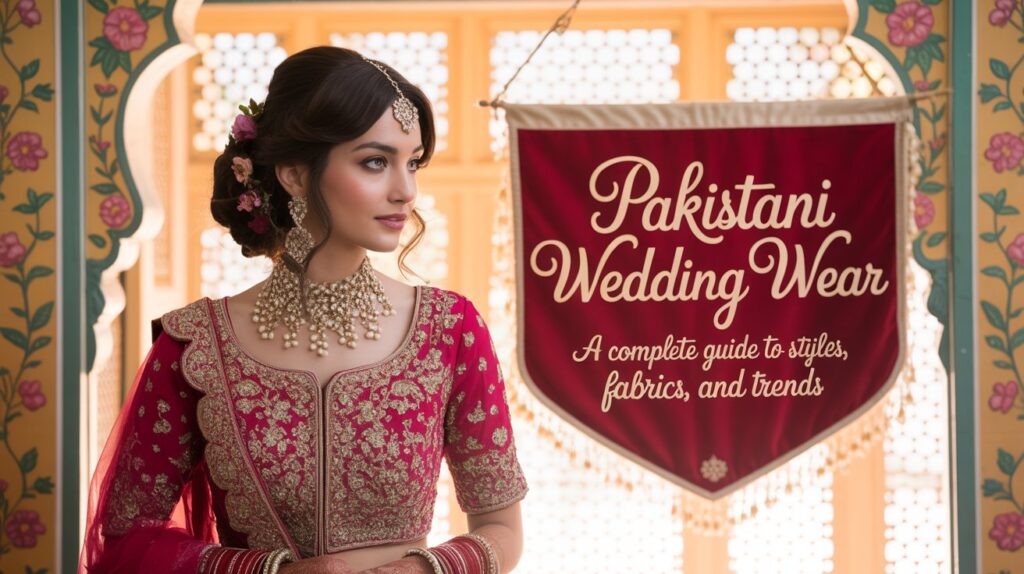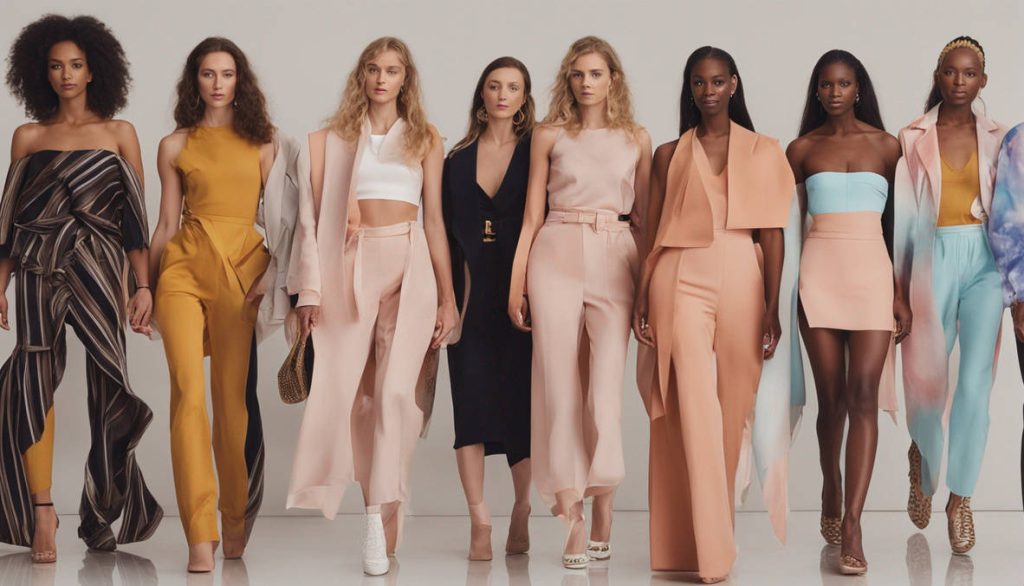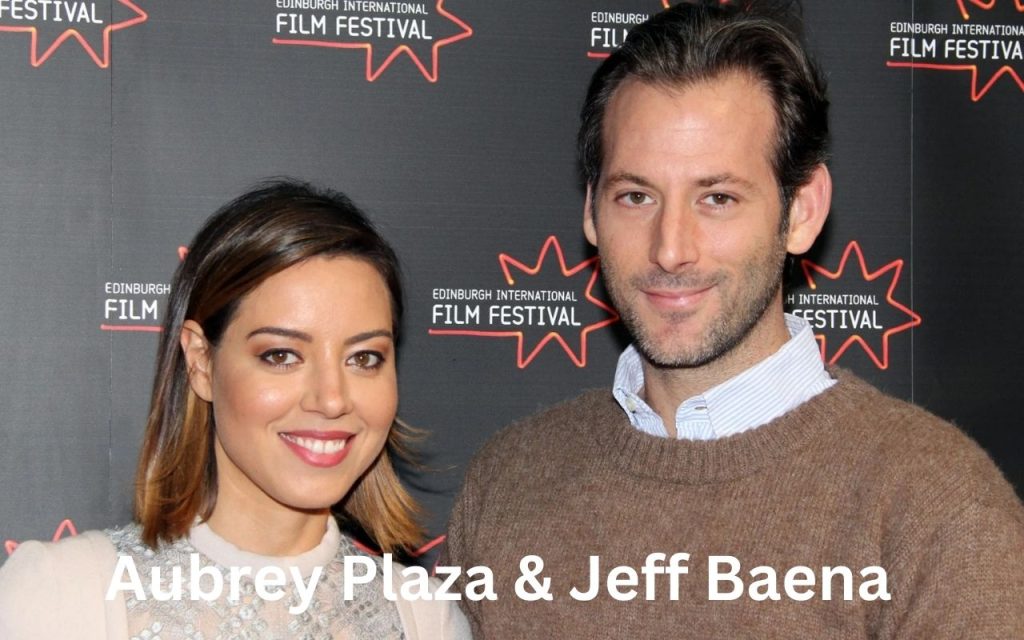Pakistani Wedding Wear: A Complete Guide to Styles, Fabrics, and Trends
Weddings are celebrated with grandeur, and fashion plays a vital role in making these events memorable. Among the many styles of South Asian attire, Pakistani wedding wear has gained recognition for its elegance, artistry, and versatility. Known for its intricate craftsmanship and luxurious fabrics, this style of clothing strikes the perfect balance between tradition and modernity. Whether for a bride or a guest, Pakistani wedding wear offers a wide range of options, each reflecting timeless beauty and cultural sophistication.
This guide explores the different aspects of Pakistani wedding wear, including traditional outfits, fabric choices, color palettes, embellishments, and the latest fashion trends.
The Rich Heritage of Pakistani Wedding Wear
Pakistani wedding attire draws inspiration from centuries-old traditions. Influenced by Mughal fashion, Persian embroidery, and regional handicrafts, the clothing has evolved into a unique fashion identity that continues to inspire designers around the world. Each outfit is more than just attire; it is a work of art that narrates a story of heritage and craftsmanship.
The garments are often hand-embroidered, taking weeks or even months to create. Techniques such as zardozi, gota work, dabka, and thread embroidery are passed down through generations, ensuring authenticity and timeless charm. This dedication to artistry makes Pakistani wedding wear stand out in the global fashion landscape.
Traditional Bridal Wear
1. Lehenga Choli
One of the most popular bridal outfits, the lehenga choli features a long, heavily embroidered skirt paired with a fitted blouse and dupatta. Often adorned with zari, sequins, and beadwork, lehengas are designed to create a royal look. Traditionally made in shades of red, modern versions explore softer palettes such as pastels, champagne, and gold.
2. Sharara and Gharara
Sharara and gharara are traditional choices that remain favorites for brides and close family members. These wide-legged trousers are paired with intricately designed shirts or kurtis and styled with heavily embellished dupattas. The structured silhouette and flowing fabric give an elegant and regal touch.
3. Peshwas
The peshwas, a floor-length dress inspired by Mughal court fashion, has made a strong comeback in bridal wear. Designed with layers of fabric and detailed borders, it exudes sophistication and grandeur. Brides often choose peshwas with heavy embroidery and pair them with dupattas featuring intricate borders.
4. Modern Fusion Bridal Dresses
Modern brides are experimenting with fusion styles, combining traditional embroidery with contemporary cuts. Cape-style dupattas, peplum tops with lehengas, and gowns featuring traditional motifs are now part of bridal trousseaus. These fusion styles appeal to brides who want to stay rooted in tradition while embracing modern fashion trends.
Wedding Guest Attire
Guests attending weddings often opt for elegant yet comfortable outfits that reflect the celebratory spirit without overshadowing the bride. Some popular choices include:
-
Anarkali Suits – Flowing dresses with fitted bodices and wide flares that look graceful at mehndi and walima events.
-
Embroidered Maxi Dresses – Modern yet traditional, maxis are versatile for both day and evening functions.
-
Sarees – Lightweight chiffon or silk sarees with embellished blouses add sophistication for formal events.
-
Peshwas and Angrakhas – Timeless silhouettes that bring a classic touch to guest attire.
Accessories such as statement jewelry, embellished clutches, and embroidered dupattas further elevate the look.
Fabrics That Define Luxury
The choice of fabric is central to Pakistani wedding wear. The fabric not only sets the tone of the outfit but also determines comfort and drape. Popular fabrics include:
-
Silk: Known for its smooth finish and rich appearance, often used in lehengas and sarees.
-
Chiffon: Lightweight and flowy, perfect for dupattas and maxis.
-
Velvet: Adds royal depth, commonly chosen for winter weddings.
-
Organza: Sheer and delicate, ideal for layering and dupattas.
-
Net: Used for overlays and gowns, often heavily embroidered.
By combining luxurious fabrics with traditional embroidery, designers create masterpieces that are both visually stunning and comfortable to wear.
Color Palettes in Pakistani Wedding Wear
Colors play a symbolic role in wedding attire. Traditionally, red has been the dominant color for brides, representing love, prosperity, and new beginnings. However, modern brides and guests are increasingly drawn to a broader palette:
-
Pastels: Soft hues like mint, peach, and lavender create a dreamy and romantic look.
-
Gold and Champagne: Perfect for a regal touch, often combined with heavy embellishments.
-
Deep Jewel Tones: Emerald, ruby, and sapphire shades create bold statements.
-
Ivory and Beige: Minimalistic shades that highlight subtle embroidery.
The combination of colors, often layered in dupattas, borders, and linings, enhances the overall aesthetic of the outfit.
Embellishments and Detailing
Embellishments are the essence of Pakistani wedding wear. They transform simple fabrics into grand attire suitable for festive occasions. Common techniques include:
-
Zardozi: Metallic embroidery using gold and silver threads.
-
Gota Patti: Appliqué-style embroidery using golden ribbons.
-
Mirror Work: Adds sparkle and brightness to outfits.
-
Pearl and Beadwork: Delicate detailing for subtle elegance.
-
Sequins and Stones: Perfect for a glamorous, festive vibe.
Each embellishment is carefully hand-placed, ensuring a unique and personalized design.
Modern Trends in Wedding Fashion
Fashion is constantly evolving, and Pakistani wedding wear is no exception. While traditional silhouettes remain timeless, modern trends bring freshness and versatility to the clothing. Some current trends include:
-
Minimalistic Embroidery: Brides opting for lighter, more sophisticated designs.
-
Cape Dupattas: Dupattas styled as capes for a contemporary look.
-
Layered Gowns: Fusion of western cuts with traditional embroidery.
-
Pastel Bridal Lehengas: Replacing bold reds with muted tones.
-
Statement Jewelry with Simpler Outfits: Balancing subtle outfits with bold accessories.
This evolution has made Pakistani wedding wear adaptable, catering to both traditional and modern preferences.
Why Pakistani Wedding Wear Stands Out
The unique blend of tradition, craftsmanship, and innovation makes Pakistani wedding wear exceptional. Unlike mass-produced fashion, many outfits are custom-made, ensuring that every piece reflects individuality. The balance of luxurious fabrics, intricate embellishments, and versatile designs makes it suitable for all types of wedding festivities, from intimate gatherings to grand celebrations.
Final Thoughts
Pakistani wedding wear is more than just clothing; it is a celebration of culture, artistry, and elegance. From heavily embroidered bridal ensembles to graceful guest attire, each outfit tells a story of tradition while embracing modern influences. With its diverse styles, rich fabrics, and evolving trends, it continues to inspire fashion enthusiasts worldwide and remains a timeless choice for wedding celebrations.



